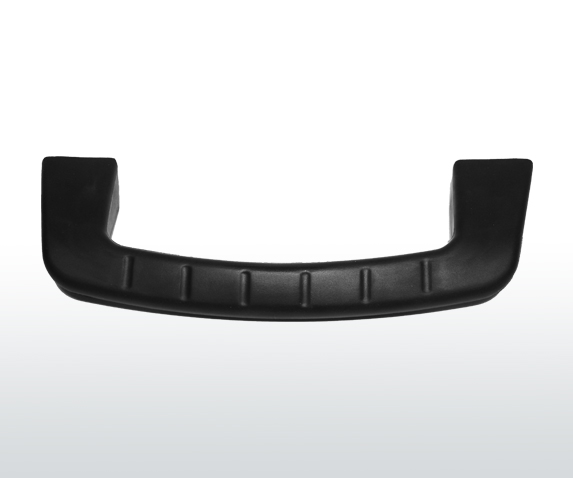Using Thermosets in Home Appliance Applications
Thermosets are used in products in a variety of industries. Electrical and automotive are two heavy users of molded thermoset components due to thermoset materials durability and protection against high temperatures and electrical current. Another industry that relies on the unique properties of thermoset molding materials is the home appliance market. Engineers utilize thermosets in product assemblies within home appliance products to provide user safety, product performance, and reduce overall manufacturing costs compared to similar metallic or thermoplastic component assemblies.
Utilizing thermoset materials into a component or product design offers safety and protection for the end users of the product. Many thermoset materials such as bulk molding compounds offer insulative properties, ensuring electrical current is not passed through the part and deterring electrical arc and track. Additionally, the insulative performance allows thermoset parts to be used to regulate outward temperatures of the assembly or product. Whereas a metallic or thermoplastic component may conduct electrical current or heat throughout a product or assembly, creating a safety hazard to internal components and for end-users handling the product, the insulative properties of thermosets allow for safe handling without the risk of being shocked or burned.
In addition to safety, molded thermoset components also offer material performance benefits over metallic and thermoplastic options. In applications exposed to high operating temperatures, thermoset components will not degrade or melt like a thermoplastic may. Many thermoset materials are UL rated for flammability resistance with a V0 or 5VA UL rating. Additionally, thermoset materials can have a temperature deflection point up to 500F and above in some formulations. Most engineered thermoplastics would degrade quickly or even melt under such elevated operating temperatures.





Comments are closed